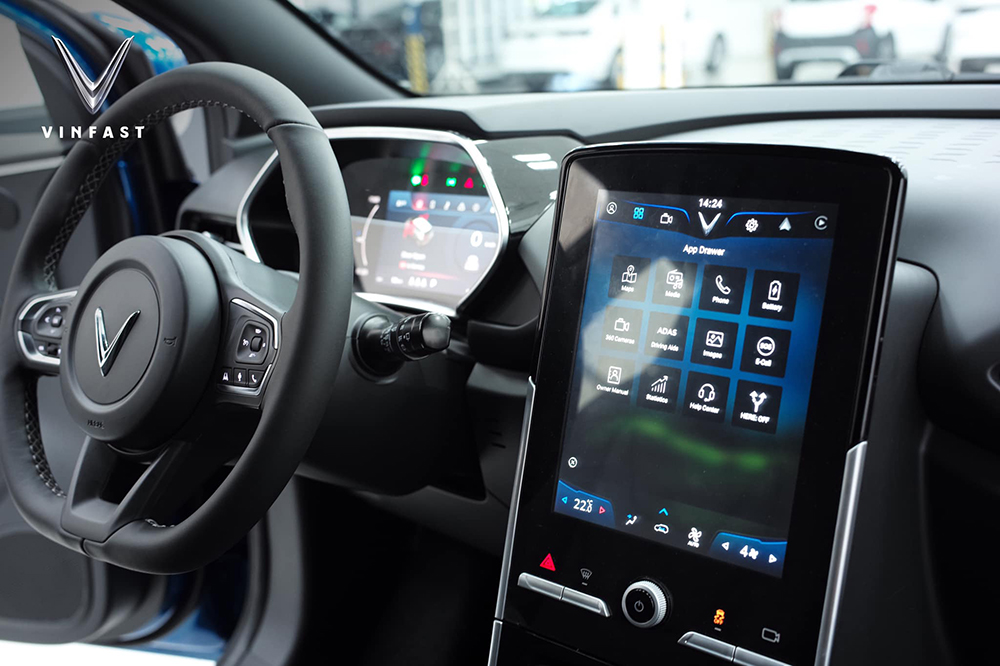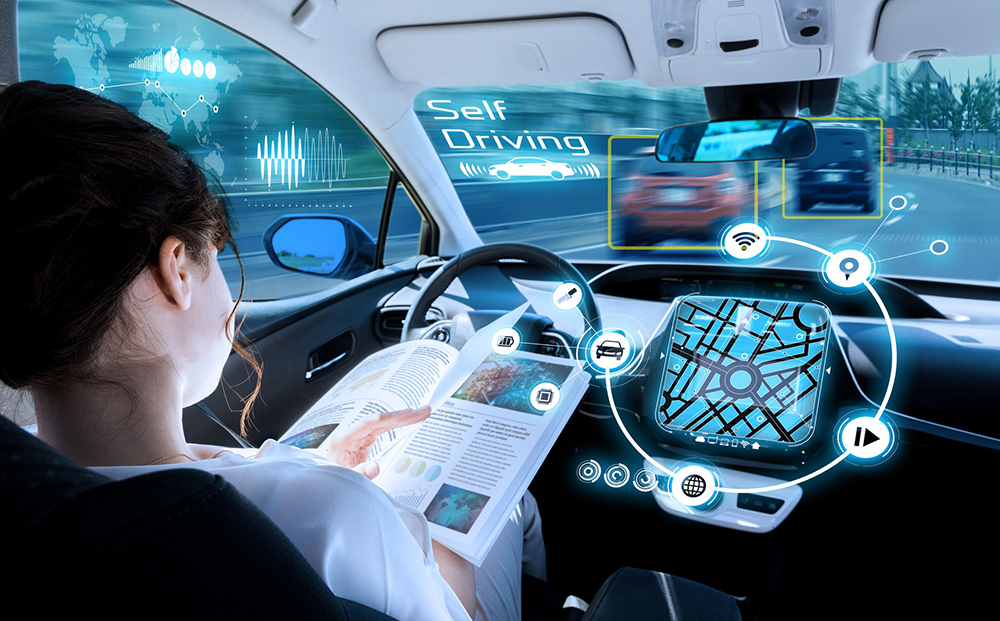Sectoral applications of IoT: Technology adoption in the automotive industry

IoT technology in VinFast VF e34 car infotainment system
>> Sectoral applications of IoT: Supporting the ecosystem
Through IoT, connectivity and data management are key to: increasing efficiency through reduced downtimes in both manufacturing and real world driving; reducing lead times to introduce new features/vehicles; improving safety; and ultimately leading to autonomous vehicles. Connected vehicles consume and transmit many 100s of megabytes of data per day; by the time they are fully autonomous those megabytes of data will likely become terabytes of data per day.
In the very connected world in which we live today, staying up to date and relevant has never been more important; this is true in the automotive industry as well.
A key enabler in the modern vehicle is Software over the air (SOTA). Not many years ago if a vehicle needed a software update, the customer had to take the car to the retailers, leave it there for often many hours, causing great inconvenience and wasted time; but now, through SOTA enabled vehicles, these updates and many more actions can be implemented while the vehicle is parked on the customers’ drive, at their place of work, or even at the supermarket or gym. Cloud connected vehicles can deliver software almost anywhere there is a good signal.
Heavily pioneered by Tesla with the introduction of Model S in 2012, where software updates were common place for this new emerging Electric Vehicle technology, nowadays most major OEMs use SOTA to remotely update and enhance their customers’ vehicles, from minor tweaks to the range of the battery or suspension settings to the role out of new features in the infotainment systems or vehicle handling and safety systems. These new feature rollouts are an added source of revenue for the OEMs, where customers pay to upgrade their car remotely.
Connectivity, not only allows OEMs to update customers’ vehicles, with fixes and features, but it also provided OEMs with masses of previously hard to access data: on customer usage patterns and preferences, early warning on recurring vehicle issues, etc. These data can be used to develop and deliver quick fixes for issues and aid the rapid development and rollout of new features and ultimately new cars in the future.

Self-driving cars with IoT technology
Predictive maintenance is enabled by IoT in modern vehicles, utilising the plethora of chips and sensors on the vehicles. Collected data are processed in the cloud, for the OEMs to use, to predict when a maintenance visit to a service centre is required, long before the failure occurs, improving customer satisfaction scores and vehicle reliability.
Mr. Mick Cameron said the car radio and navigation system would be becoming less relevant and outdated in the connected IoT automotive world, replaced by fully connected cloud based systems like; Apple CarPlay, Google Assistant, Baidu, etc, which can add apps covering everything the driver and passengers need: audio, telephone, navigation, parking, charging, the list is endless, in their vehicle, often through voice control, to allow the driver to focus on driving and not pushing buttons or playing with manual controls.








